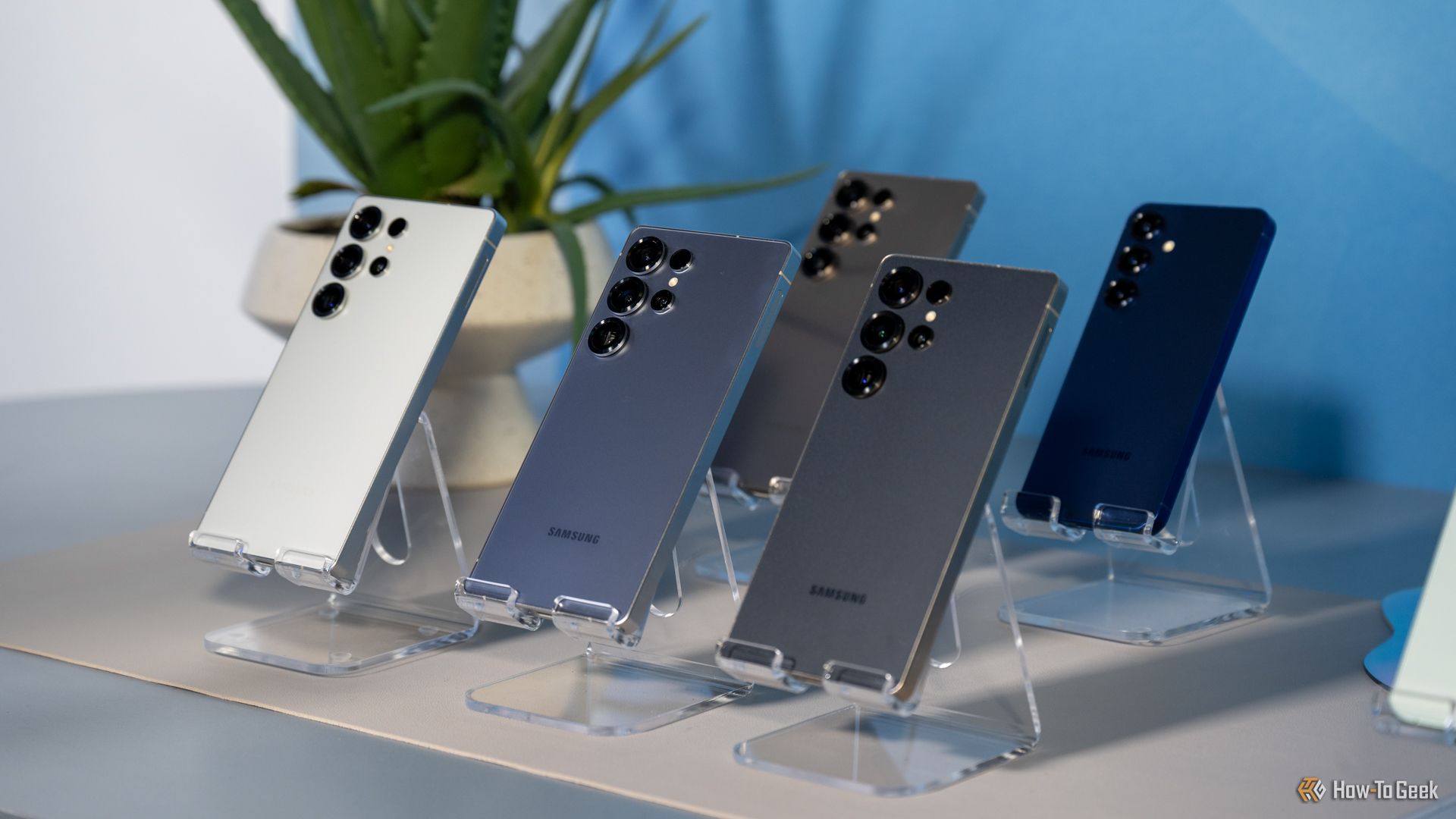The Galaxy S25 series was announced earlier today, and the theme seems to be “more of the same.” One thing that Samsung could have done to make a big improvement is adding Qi2 wireless charging, similar to the iPhone’s MagSafe. Actually, they did…but they didn’t.
What is Qi2 Wireless Charging?
Before we get too far, allow me to briefly explain Qi2 and why you should care about it as an Android fan. First, Qi2 supports up to 15w of power, which is three times more than the original Qi charging that phones have been using since 2008. That’s a big deal.
However, it’s the second part of Qi2 that might be more noteworthy: it’s called Magnetic Power Profile (MPP). Qi2 chargers feature magnets that make it easy to precisely align devices for the best charging speeds. A device can be “compatible” with Qi2 without MPP, but based on the popularity of MagSafe on the iPhone, it’s clearly something people want.
What Does “Qi2 Ready” Even Mean?
Samsung says the Galaxy S25 series is “Qi2 ready,” which means it’s compatible with Qi2, but not fully certified. The devices can charge wireless up to 15w, just like Qi2, but there are no magnets inside the phone for alignment–which is what people actually want.
To make the situation more frustrating, this isn’t even the first time Samsung has supported 15w wireless charging–that was also present in the Galaxy S24 series last year. So, in reality, Samsung didn’t actually do anything in regard to Qi2. It simply put out the same specifications and relabeled them as “Qi2 ready.” You’ll still need a case with magnets to get the MagSafe experience.
I’m reminded of the rental car scene from Seinfeld. Samsung knows how to say it’s “ready” for Qi2, but it’s not actually supporting Qi2, and that really is the most important part of Qi2. Anybody can just say they’re ready for Qi2.
The Galaxy S25 series is just another in a long list of Android flagship phones that have launched without true Qi2 support. Samsung previously said its Galaxy devices will support Qi2 technology in 2025, but they didn’t specify which models–now we know which models won’t have it. We should finally see more Qi2 support in the Android world this year, but it’s not getting the early jump start people were hoping for.





